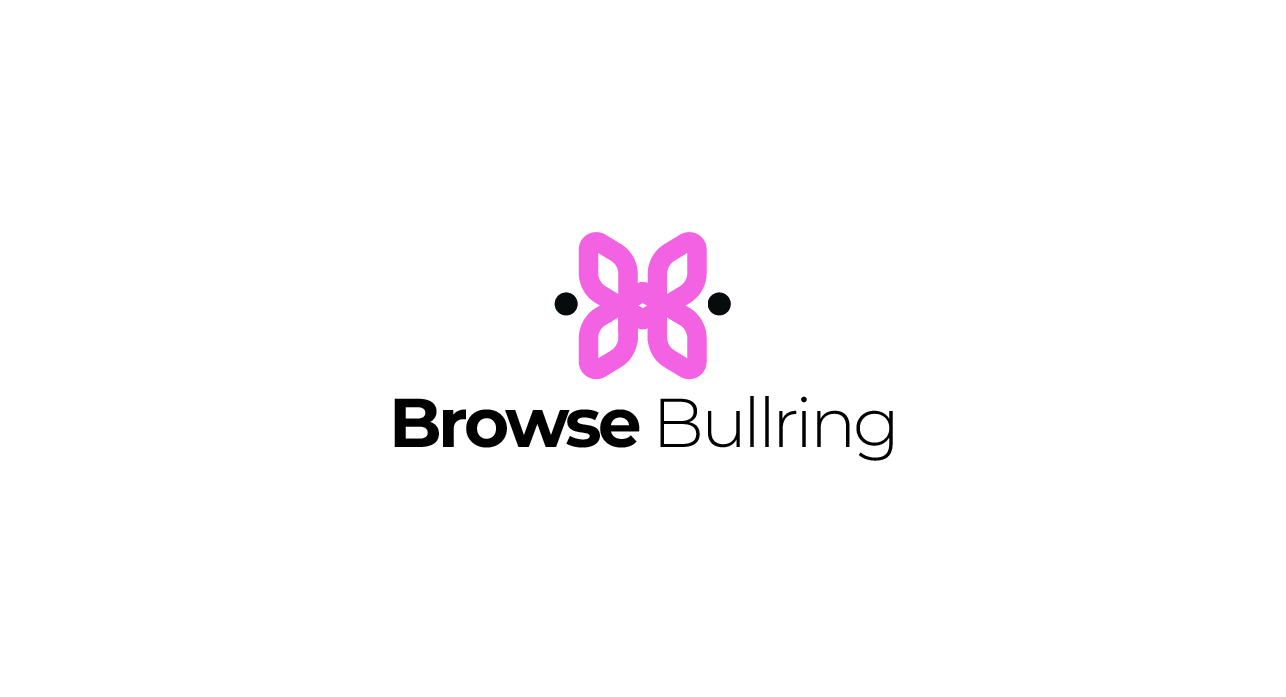Do I pay National Insurance?
Both self-employed and employed workers must pay national insurance.
The amount you earn and your employment status will affect how much National Insurance contributes to you. While not everyone must pay National Insurance, contributions will count towards your state pension or other benefits.
You’ll be paying Class 1 National Insurance contributions if you work for an employer. Self-employed workers who work for an employer are also covered. Your employer is responsible for paying your National Insurance contributions through your payslips.
The government announced plans in September 2021 to add a 1.25 percentage point health and social care tax to UK workers’ National Insurance contributions starting April 2022. Further plans were revealed in March 2022 to raise the threshold at which you begin paying Class 1 or 4 National Insurance to PS12570 starting 6 July 2022. There were also changes to when Class 2 contributions are due if you are self-employed.
It is worth checking if you are exempt from the payment of National Insurance. You might be eligible to receive National Insurance credits if you don’t need to pay National Insurance. Or you could choose to make voluntary contributions.
2022-23 National insurance rates
The amount you pay in National Insurance is calculated in the same way as income tax.
National Insurance is calculated based on gross earnings (before taxes or pension deductions) and profits (earnings minus allowed expenses) above a certain threshold.
The rate you pay will depend on whether you are self-employed or employed.
National insurance rates for employees
Your employer will deduct Class 1 National Insurance Contributions from you:
- salary
- Commissions or bonuses
- Overtime
- Sick pay
- Maternity, paternity, and adoption pay
2022-23: Class 1 rates will increase by 1.25 percentage point. The threshold at which you have to pay will change starting 6 July.
Class 1 employees will now be charged 13.25% (up to 12% in 2022-222) and 3.25% (1 up from 2%) on their income. However, the threshold at which they will be charged higher rates may change as of 2022-23.
Between 6 April 2022 and 5 July 2022, the Class 1 National Insurance threshold for Class 1 is PS9 880 per year. National Insurance contributions will not be paid if you earn less than that. You’ll be charged 13.25% on earnings above PS9,880 to PS50,270. Any earnings over PS50,270 will be subject to a 3.25% tax.
The National Insurance threshold will increase starting 6 July. Class 1 rates will not kick in for earnings above PS12,570. This means you can keep more money before paying NI.
Employed
How much do you earn Class 1 rate (6April – 5July) How much do you earn Class 1 rate (6April – 5July)
Below PS9,880 0% Below PS12,570 0%
PS9,880-PS50,270 13.25% PS12,570-PS50,270 13.25%
More than PS50.270 3.25% More than PS50.270 3.25%
If you are self-employed, the national insurance rates
You could be eligible for Class 2 or Class 4 National Insurance if you are self-employed.
Rates for Class 4 have increased by 1.25 percent to 10.25% (up 9% in 2022-22) and 3.25% (+ 2% in 2022-22).
In 2022-23, Class 2 rates will be charged at a flat rate PS3.15 per Week. This is an increase from PS3.05 in 2021-22.
The threshold (also known as the ‘lower profit limit’ or LPL), at which you pay Class4 rates is effectively PS9,880 per year (PS190 weekly), between 6 April and 6 July. From 6 July, it rises to PS12,570 per year (PS242 Weekly)
For those who earn less than the SPT (6,725) or the LPL (6 April 2022), Class 2 contributions will be eliminated.
According to the government, the LPL will be adjusted annually to PS11,908 to equal 13 weeks at the threshold at PS9,880 or 39 weeks at PS12570 to ensure that self-employed workers get the same benefits as employees in 2022-23.
Even though Class 2 contributions will be eliminated, those who have profits between the LPL (PS11.908) and the SPT (PS6,725) will still be eligible to build up National Insurance credits in order to receive contributory benefits.
You can choose to pay Class 2 contributions if your profits are below the SPT.
The personal tax factsheet will provide more information.
The calculator below gives an estimate of how much your tax bill will be if you are self employed under the above changes.
Learn more: Tax for the Self-employed – This comprehensive guide will explain which taxes you might have to pay.
Which? Tax Calculator will help you get a jump start on your 2021-22 tax returns The Tax Calculator. Get jargon-free and money-saving tips to help you get your bill up and send it directly to HMRC.
National Insurance calculator 2022-23
To find out how much you will pay for National Insurance this year, use our calculator.
You can also view what you would owe in previous years based on your income. Simply select the tax year that interests you from the dropdown menu.
These figures show what you would owe annually, and assume that you worked the entire tax year.
To calculate your tax breakdown, the calculator uses standard assumptions about self-employed and employed people. Keep in mind, however, that your final net income will depend on other factors like your student loan repayments and pension contributions. This can also vary depending on how tax code you use.
You will need to calculate your total bill for 2022-22-23 by adding the amounts of 6 April, 5 July, and 6 July together.




0 Comments